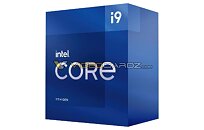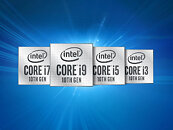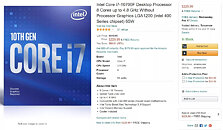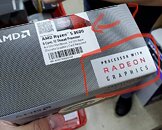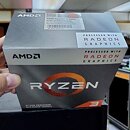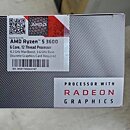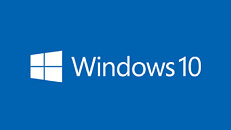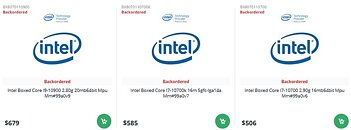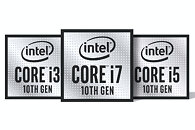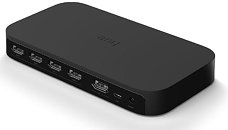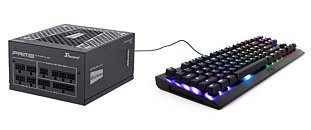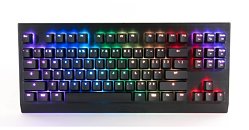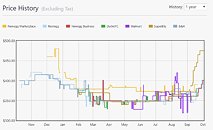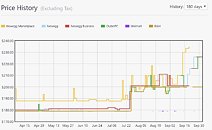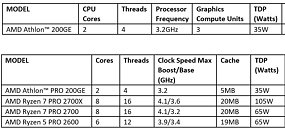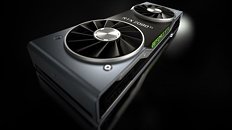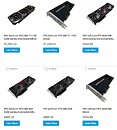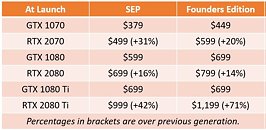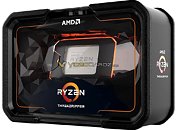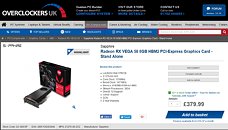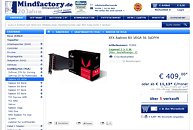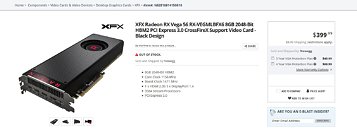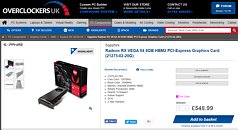First Ryzen 7000-Series Pricing Posted by Canadian E-Tailer
For those of you that are eagerly awaiting the Ryzen 7000-series CPUs, details of the potential pricing has appeared over at Canadian e-tailer DirectDial. @momomo_us was first to post the details on Twitter, but didn't provide any details of who the e-tailer was, but some sleuthing using the AMD ordering codes soon brought us to DirectDial. The company has listed the all four expected CPU models with pricing and it appears that AMD has decided to stop providing coolers entirely, as none of the four upcoming CPUs appear to be available with a cooler in the box. All the model names ending WOF are retail packaged CPUs and the ones missing WOF at the end of the product number are tray CPUs from what we can tell.
As for the pricing, the Ryzen 5 7600X is listed at CA$435 or about US$340, with the Ryzen 7 7700X coming in at CA$631 or US$494. The Ryzen 9 7900X is CA$798/US$625 and finally the Ryzen 9 7950X is a steep CA$1158/US$907. @momomo_us also found some tray pricing from a different retailer and these CPUs are priced a few bucks cheaper, but we were unable to locate who the retailer is. Note that electronics and computer parts appear to be priced a fair bit higher in Canada than the US on average. As such, these prices should only be taken as an indication of what the retail price in Canada might end up being and not what the actual MSRP will land at, when AMD decides to launch these CPUs. Currently the retail date is expected to be on the 15th of September.
Update 10:49 UTC: The tray CPU retailer is PC-Canada.
As for the pricing, the Ryzen 5 7600X is listed at CA$435 or about US$340, with the Ryzen 7 7700X coming in at CA$631 or US$494. The Ryzen 9 7900X is CA$798/US$625 and finally the Ryzen 9 7950X is a steep CA$1158/US$907. @momomo_us also found some tray pricing from a different retailer and these CPUs are priced a few bucks cheaper, but we were unable to locate who the retailer is. Note that electronics and computer parts appear to be priced a fair bit higher in Canada than the US on average. As such, these prices should only be taken as an indication of what the retail price in Canada might end up being and not what the actual MSRP will land at, when AMD decides to launch these CPUs. Currently the retail date is expected to be on the 15th of September.
Update 10:49 UTC: The tray CPU retailer is PC-Canada.










